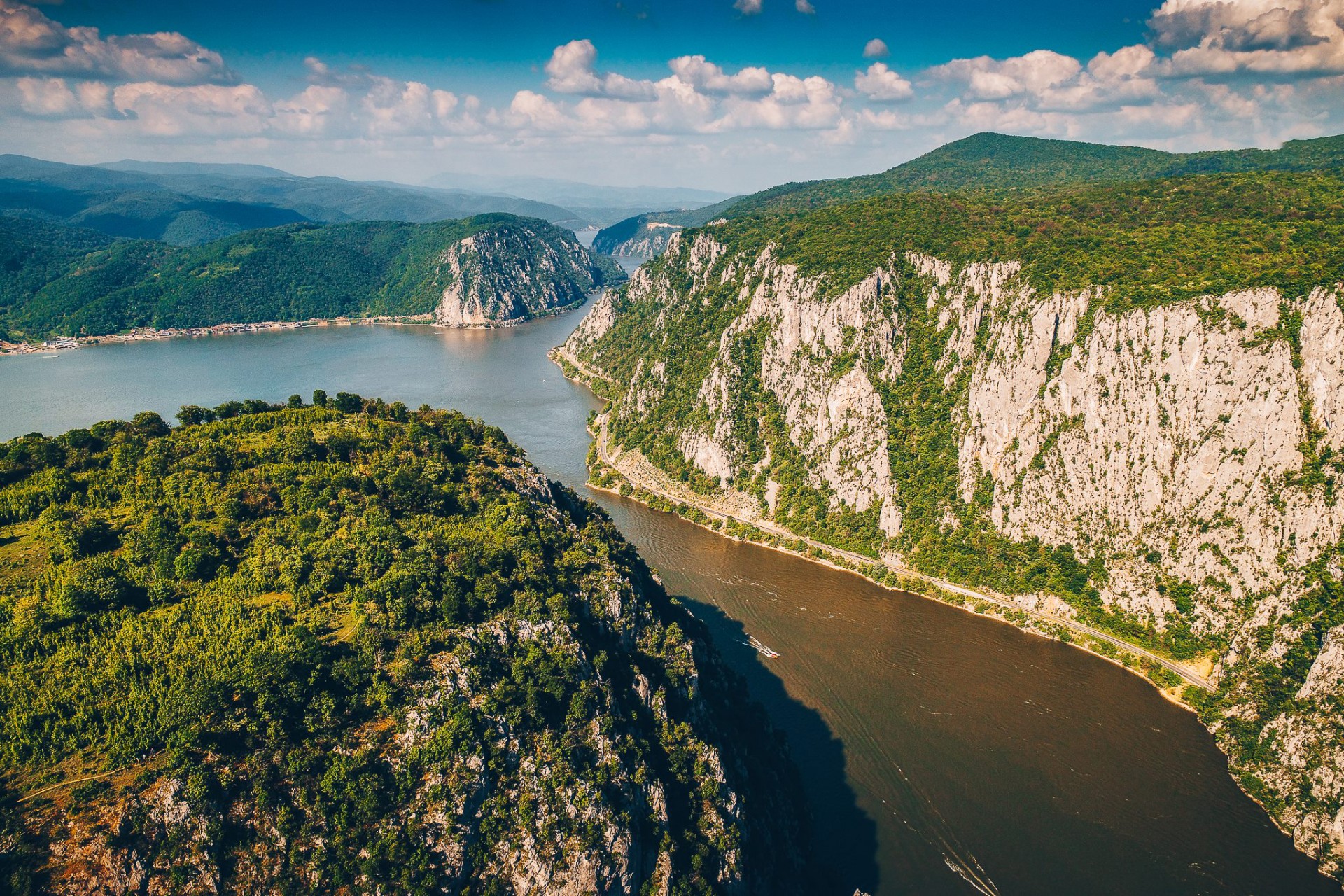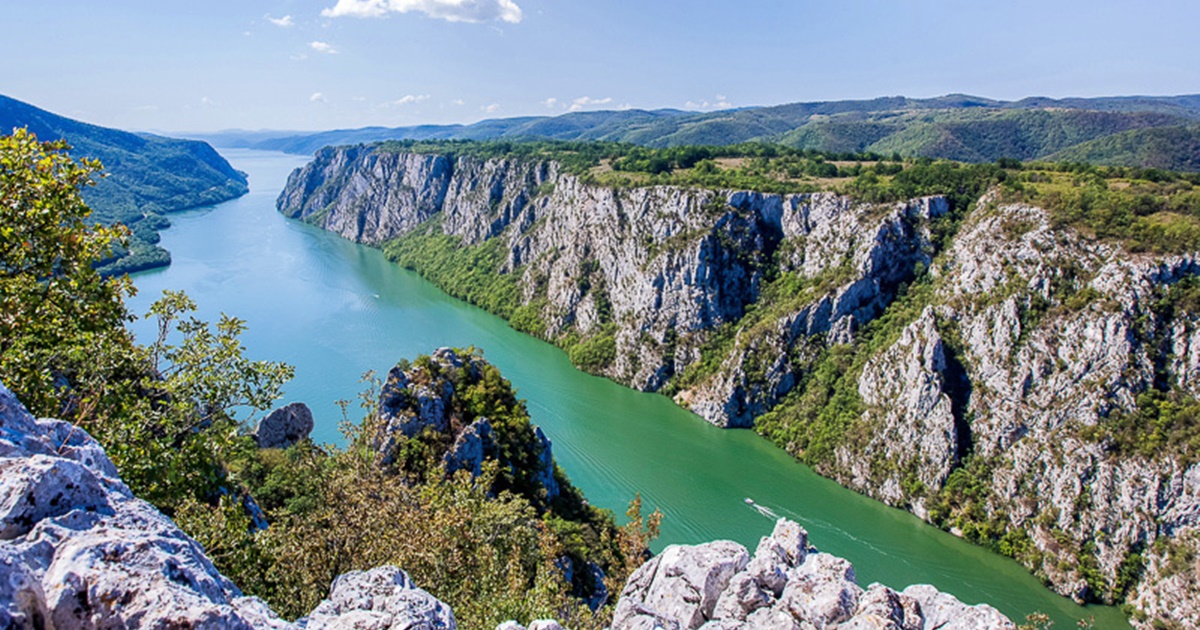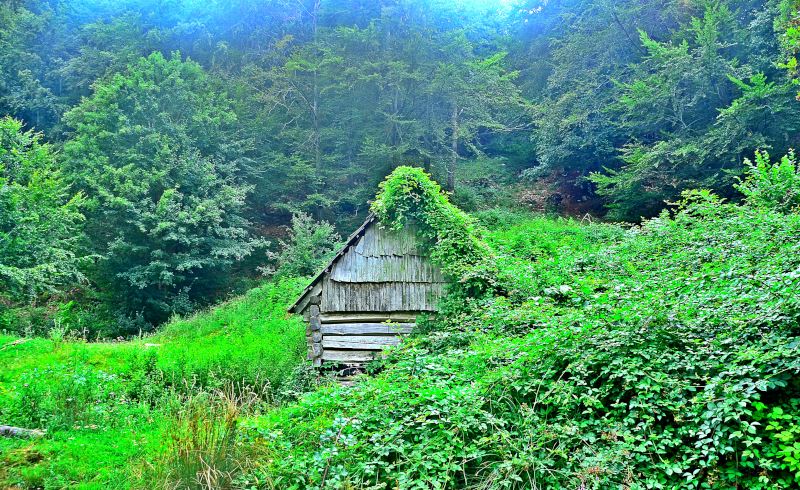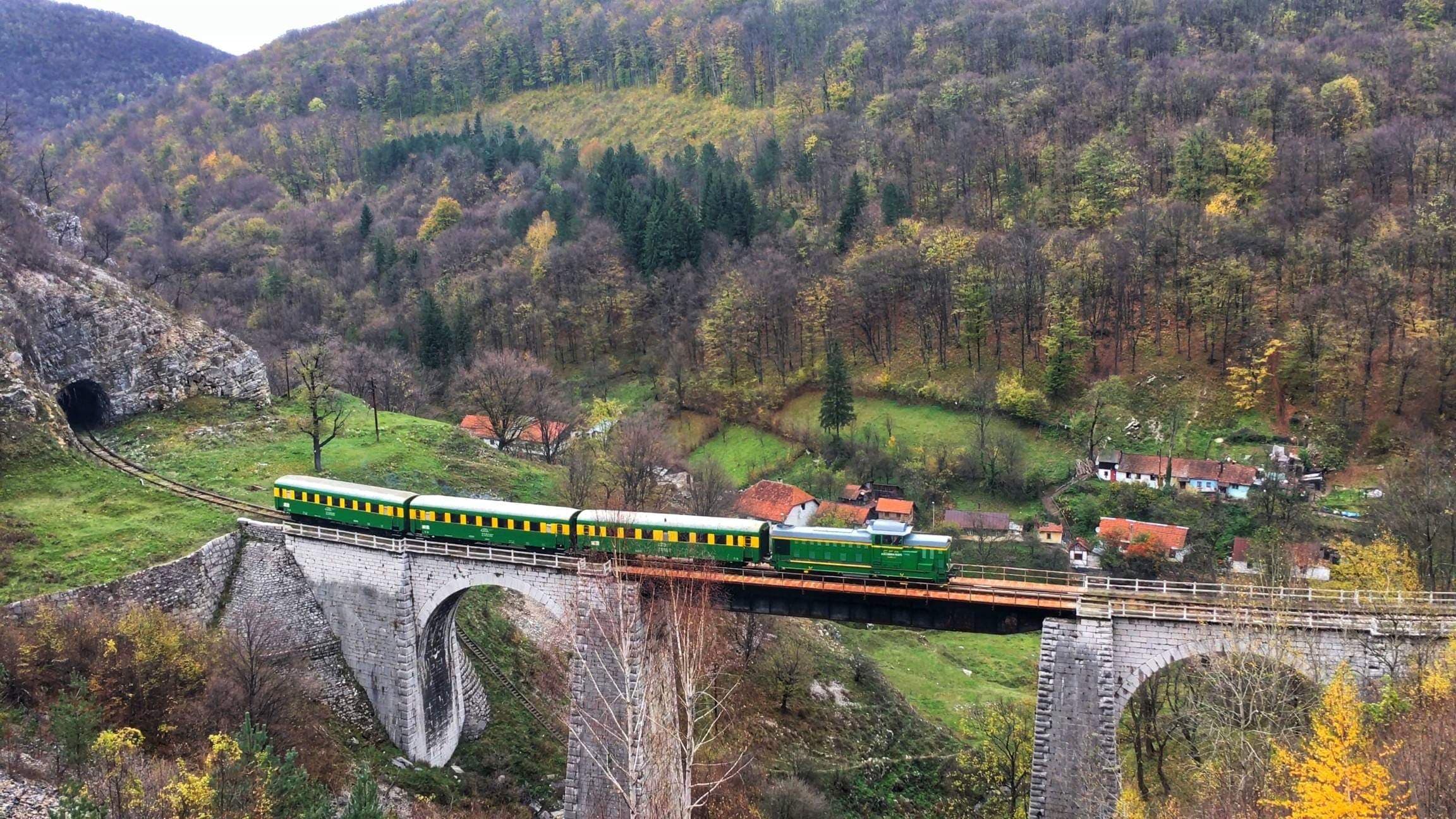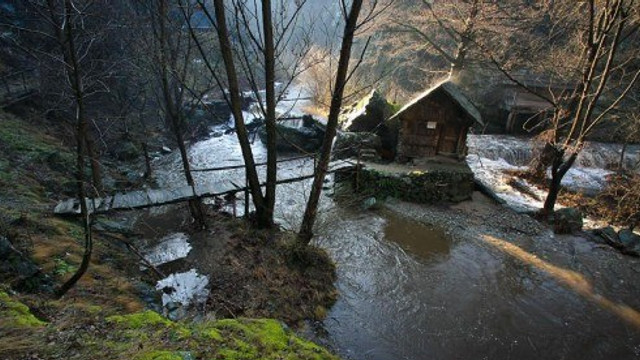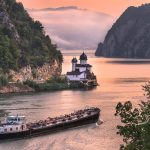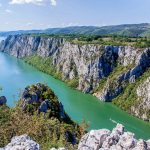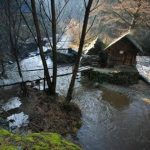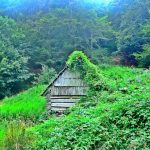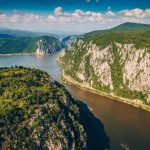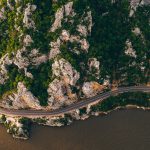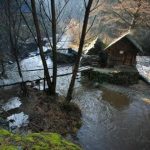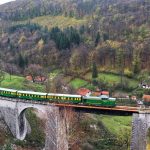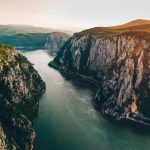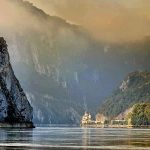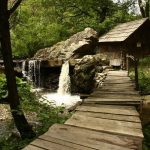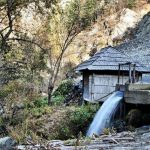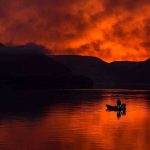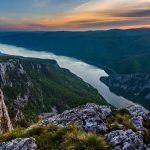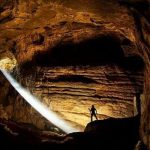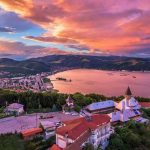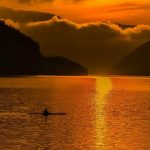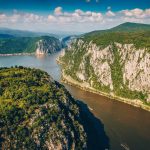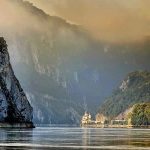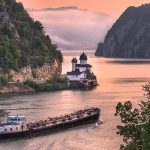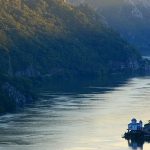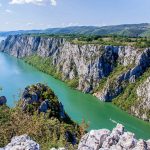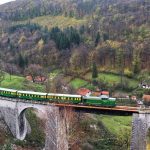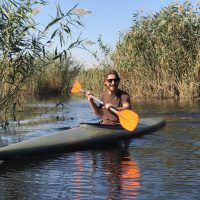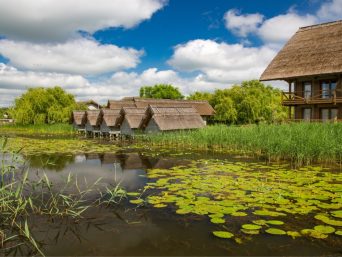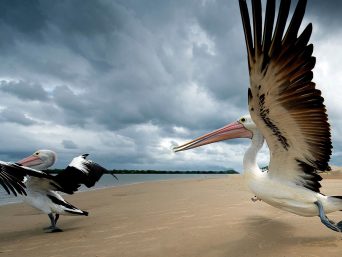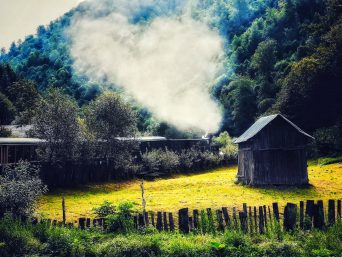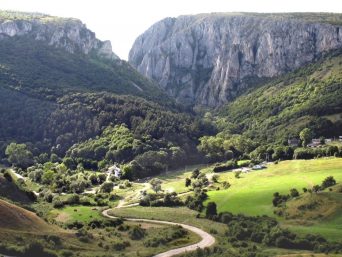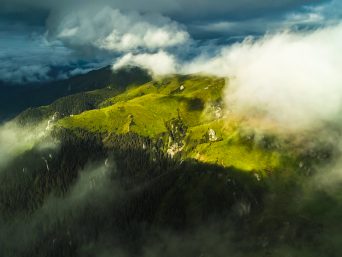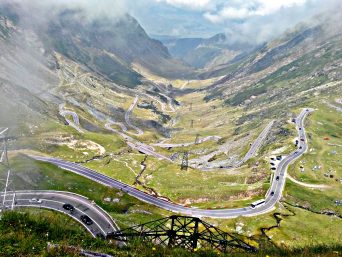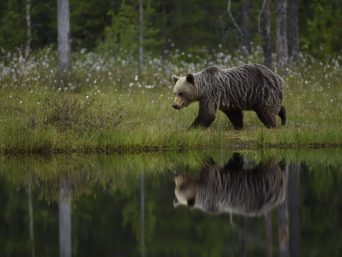Epic journeys
Introduction
The Danube Canyon …. Once the sailors’ horror, the originally wild river slides lazily today, like a golden snake.
Mirrored in his waters, the spring sun explodes in sparkling whirlwinds flowing like a lava among the steep banks. Deep and wide as it has never been before, Danubius is hiding mysteriously long forgotten secrets. Among its undisturbed sands lies the legend of Ada Kaleh, villages and churches sleep their sleep in the shivering waves. Svinita, Ieselnita, Dubova and other settlements on the course of the river have experienced the tragedy of the relocations, to make way for the lake and for the Iron Gates Dam.
The landscape is rural, full of nostalgia, with sheep and cattle shelters, with barns offered for free to the romantic young people. On the peak of Naidasului, the sun shines brightly, warming the corn viper; in the Valea Mare natural reserve the silver linden tree is imposing, and on the Babacaia rock there are gathered multicolored and galloping birds. Not far away, the Ravine with martins, from the Valley of Divici, or the fig tree orchards in Svinita are the salt and pepper of the first Mediterranean part of the Clisura Dunarii. Only here you will find Banat bat, large ivy, linden trees or mojdrean (flowering ash). You then stop to admire the morello and the Turkish hazelnut tree, but also the Svinita Paleontological Reserve, a famous site in Europe, full of the average Jurassic ammonite.
“Clisura” is a word of Byzantine origin and means “a fortress situated at the mouth of a gorge”. As you pass by the Babacai rocks from Gura Vaii, the landmark that marks the beginning of the Clisura Dunarii, the road runs parallel to the quiet water, without waves and without surface currents.
Anywhere on Clisura Dunarii you can stop to admire the paradise. On the one hand, rocky hills, with parks and natural reserves, with secular forests protected with plant varieties and unique birds in the world. And on the other, the lazy thread of the Danube. Nature lovers will be delighted with rare trees and bushes, as well as martin’s colonies.
The largest settlements in the Danube Clisura are the municipality of Orsova and the city of Moldova Noua. Also belonging to the Danube Clisura are Socol, Pojejena, Coronini, Garnic, Sichevita, Berzasca from Caras-Severin County, as well as Svinita, Dubova, Eselnita, Ilovita and Breznita-Ocol from Mehedinti County. Places where our story adventure will unfold.
Because the Danube Canyon is not just a visit by motorboat to the Decebal Face, with the help of our friends from the Iron Gates Natural Park, that will guide us in this guided tour and also with the help of our friends in Berzeasca, a lake complex in Romania, we designed a unique, complex program that will give us the overall picture of this corner of heaven, seen from the perspective of the social, cultural, historical and tourist perspectives of now and then.
Tour Overview
Ciucaru Mare Peak
• Around midday we reach the Cazanele Dunarii/ Danube Canyon
• We discover the traditional local kitchen - lunch in a traditional household
• The first experience of our adventure will be a trekking tour of about 40 minutes towards the most spectacular view of the Danube Canyon: Ciucaru Mare Peak. A quite easy trail that will offer us the most gorgeous view of the Danube Canyon and Dubova Bay. Dinner will take place in a special location. We will admire the sunset and we will serve delicious meals in the place where the Danube quietly enters Romania: Bazias. A special and wonderful place that will definitely impress you. The rest of the picture will be discovered live
• Evening with relaxation and red wine on the water village dock
Discover the Danube Canyon
• In the first part of the day we visit: Mraconia Monastery, Decebal's Face, Tabula Traiana, Punicova Cave (water visit to the cave entrance), Veterani Cave (Landing), Cazanele Mari, Cazanele Mici
• We stop by boat somewhere near Svinita where we serve lunch (our own expense) in a local farm where we enjoy the traditional delicacies with Serbian influences
• In the second part of the day, we continue the adventure on the Danube near Moldova Noua, more precisely on Ostrov Island, where we start on the trails of the wild horses that populate the place. A wild spot and a special show of wild horses looking for food in the water
• The last part of the day finds us in St. Helena where we follow the path of winds leading to fascinating viewpoints where you can surprise the most spectacular panoramas of the Danube
• Rest and relaxation on the lake dock
Traditions and places
• Vodapat Waterfall
• Modavita Waterfall
• Padina Matei village
• Traditional lunch at Girnic
• The Girnic water mills and the village of the same name - the largest of the Banat community of Czechs with a story that you will find on the spot
• Polevini Valley, where we reach the water cave and the bridge
• In the evening, once returning to the lake village we are waiting for an artistic program offered by the local communities of pemi (Czechs)
Oravita - Anina steam train
• The Oraviţa-Anina section was completed in 1863 for freight trains and in 1869 for passenger transport. The rail line climbs a 337.7-meter difference, passes through 14 tunnels and 10 viaducts
• It has a length of 34 km, it crosses the valleys of Jitin and Garlistei, being the most spectacular mountain railway in Romania. On this route there is the highest viaduct of the railway, Jitin viaduct, with its 37 m height
• The longest tunnel of the route is at Garliste, with a length of 660 m. In this tunnel there is the point of maximum altitude of the line. We get back to Oravita at 15:20
• The Theater of Oravita (Mihai Eminescu Old Theater) is the oldest theater on the Romanian territory, built in 1816 and inaugurated by the emperor of Austria, as a sign of the Austro-Hungarians' special attention to the development of this mining area, not only on economic, but also cultural. In the good tradition of the area, the theater is a smaller scale copy of the Vienna theater, and that it may even make it a real jewel when entering the showroom
• Dinner and frogs’ songs at sunset
Rudaria water mills & Bigar Waterfall
• We will discover the local culinary traditions in a traditional household
• The Bigar Waterfall is one of the many beauties nature has made available to viewers. This waterfall of about 12 meters does not impress by its size, but by its particular appearance: a limestone bell wrapped in moss over which the water of the Bigar flows
• Arrival to Bucharest
What is included in the price:
- 4 nights guesthouse accommodation (single and double rooms)
- 2 meals/day (breakfast and dinner at the guesthouse). We can also offer alternatives for other types of diet
- Lunch in traditional households
- All the activities presented above
- Two professional tour guides (fluent English speaker), rangers, local guides and support staff for the activities
- English guided tours for the entire period
- Pick up from any city in Romania
- Transfer from and to the hotel
- Transport with bus or mini-vans for the entire duration of the adventure – fuel included.
What is not included in the price:
- Extra accommodation nights. Optionally, depending on the flight schedule, we can arrange extra accommodation with extra costs regardless the city
- Entrance tickets to all touristic attractions
- Airport transfers
- Flight tickets (optionally we can reserve the flights)
- Alcoholic and non-alcoholic beverages
- Other personal spending
- Tips
IMPORTANT NOTE:
- Sometimes, some of the places we intend to visit may be closed at that time. But don’t worry. We have prepared tourist attractions at least as interesting as the previous ones.
- We can organize this tour from April to October.
- The tour can be customized depending on the number of days you have available.

